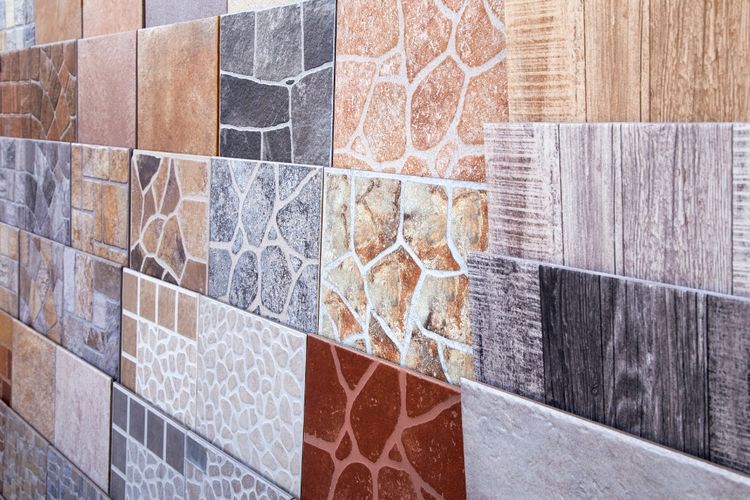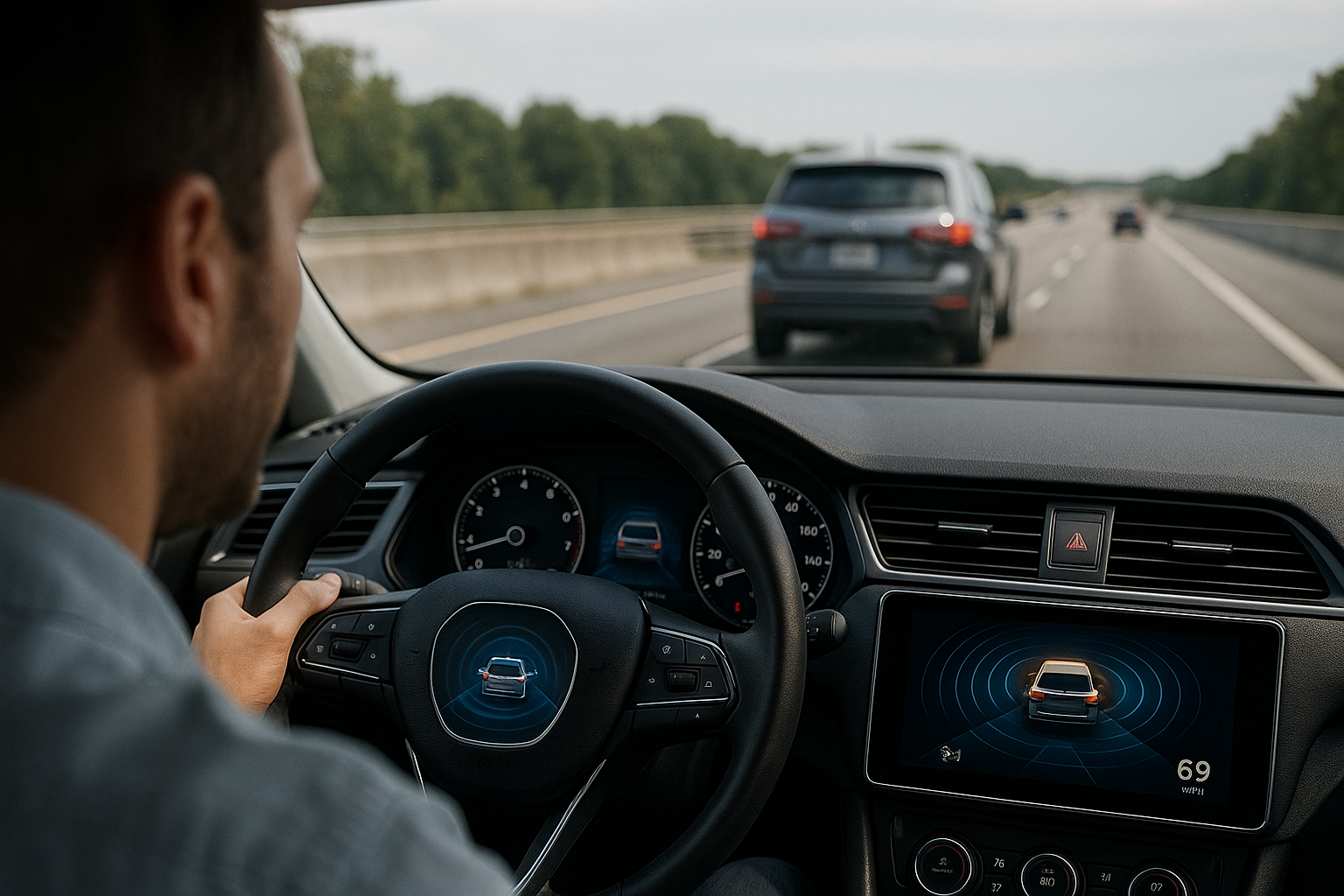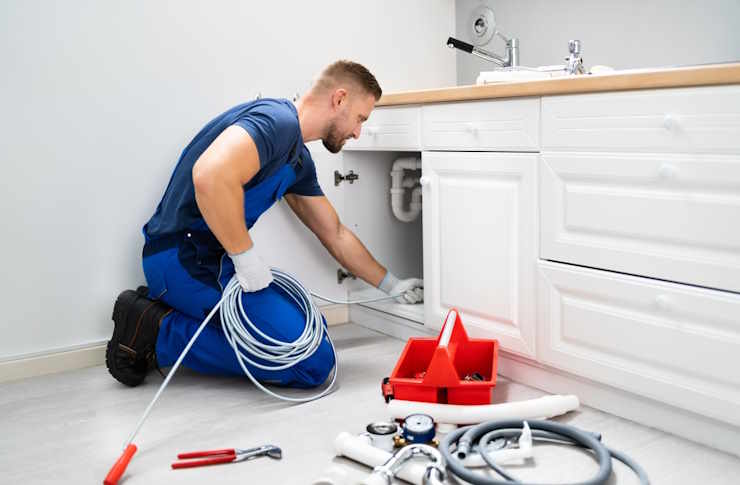Sleek and Moisture-Resistant: A Guide to PVC Wall Panels for Modern Interiors
PVC wall panels have become increasingly popular in contemporary interior design due to their versatility, durability, and aesthetic appeal. These lightweight, synthetic panels offer a practical solution for homeowners and designers seeking moisture-resistant wall coverings that don't compromise on style. Made from polyvinyl chloride, these panels provide a sleek, low-maintenance alternative to traditional wall finishes while delivering exceptional performance in areas prone to moisture and humidity.

Benefits of Moisture-Resistant PVC Panels
PVC wall panels stand out primarily for their excellent water-resistant properties. Unlike materials such as drywall, wood paneling, or wallpaper, PVC panels don’t absorb moisture, preventing issues like mold, mildew, and water damage. This makes them particularly suitable for bathrooms, kitchens, laundry rooms, and basements where humidity levels tend to be higher.
Beyond moisture resistance, PVC panels offer impressive durability. They’re resistant to scratches, stains, and impacts that would damage conventional wall coverings. Many PVC panels are also fire-resistant, adding an extra layer of safety to your interior spaces. Their non-porous surface makes cleaning remarkably simple—typically requiring just a damp cloth and mild cleaner to maintain their appearance.
From an installation perspective, PVC panels provide excellent thermal and acoustic insulation properties. They help maintain comfortable indoor temperatures while reducing noise transmission between rooms. Additionally, many modern PVC panels are manufactured with eco-friendly practices and materials, making them a more sustainable choice for environmentally conscious consumers.
Surface Finishes and Aesthetic Choices
One of the most compelling aspects of PVC panels is their versatility in design and appearance. Today’s market offers an extensive range of surface finishes that can mimic natural materials with remarkable accuracy. Wood-effect PVC panels replicate various timber species and grain patterns, from classic oak to exotic walnut, providing the warm look of wood without maintenance concerns or susceptibility to moisture damage.
Stone and marble-effect panels deliver the luxurious appearance of natural stone without the weight, cost, or installation complexities. Concrete-look panels offer industrial chic aesthetics, while glossy finishes create a contemporary, sleek appearance that reflects light and makes spaces appear larger.
Beyond texture, PVC panels come in virtually any color imaginable—from subtle neutrals and whites that brighten spaces to bold statement hues that create visual impact. Some manufacturers offer customizable printing options, allowing for bespoke designs, patterns, and even photographic images to be reproduced on panel surfaces. The combination of color options, textures, and finishes means PVC panels can complement any interior design style, from minimalist modern to classic traditional.
Installation Types and Techniques
Installing PVC wall panels is generally more straightforward than many traditional wall covering methods, though techniques vary depending on the panel type and intended application. The most common installation approaches include tongue-and-groove systems, clip systems, and adhesive mounting.
Tongue-and-groove panels feature interlocking edges that connect panels seamlessly, creating a uniform surface without visible joints. This system is particularly popular for larger wall areas and often doesn’t require professional installation. Clip or track systems use metal or plastic tracks attached to the wall, into which panels are secured. This method provides excellent stability and allows for easier panel replacement if needed.
Adhesive installation involves directly bonding panels to the wall surface using construction adhesive or double-sided tape. This technique works well for smaller areas or when adding panels to existing wall surfaces. Regardless of the installation method, proper surface preparation is crucial—walls should be clean, dry, and level before installation begins.
For DIY enthusiasts, many manufacturers provide detailed installation guides and videos. The panels can be cut to size using standard tools like circular saws or utility knives, making it possible to work around electrical outlets, windows, and other obstacles. Professional installation is recommended for complex spaces or when a perfect finish is paramount.
Cost Considerations and Material Options
PVC wall panels vary considerably in price depending on quality, design sophistication, and brand reputation. Basic white panels suitable for utility areas might cost between $1-$3 per square foot, while premium decorative panels with advanced finishes can range from $4-$10 per square foot or more.
| Panel Type | Average Cost (per sq ft) | Typical Applications | Notable Features |
|---|---|---|---|
| Standard White PVC | $1-$3 | Bathrooms, utility rooms | Basic moisture resistance, easy to clean |
| Decorative PVC | $3-$7 | Living spaces, feature walls | Various patterns and textures, improved aesthetics |
| Premium Designer PVC | $7-$15 | High-end interiors, commercial spaces | Advanced finishes, enhanced durability, superior appearance |
| Specialized PVC | $5-$12 | Commercial kitchens, healthcare facilities | Antimicrobial properties, extreme durability, regulatory compliance |
Prices, rates, or cost estimates mentioned in this article are based on the latest available information but may change over time. Independent research is advised before making financial decisions.
Installation costs add another dimension to the overall expense. DIY installation can save considerably, with only adhesives or mounting hardware needed. Professional installation typically adds $2-$5 per square foot depending on complexity and local labor rates. However, this investment often ensures proper installation that maximizes the longevity and appearance of the panels.
When comparing PVC panels to alternative wall treatments, consider the total lifecycle cost. While traditional materials like ceramic tile or wood paneling might have similar or higher initial costs, PVC panels generally require less maintenance and have longer lifespans in moisture-prone environments, potentially offering better long-term value.
Maintaining and Extending the Life of PVC Wall Panels
One of PVC panels’ greatest advantages is their minimal maintenance requirements. For routine cleaning, a soft cloth dampened with mild soap and water is usually sufficient to remove dust and light soil. Unlike porous materials, stains typically remain on the surface rather than being absorbed, making them easier to remove.
Avoid abrasive cleaners or scouring pads that might scratch the panel surface. For tougher stains, specialized PVC cleaners are available, though isopropyl alcohol often works well for spot cleaning. Over time, some panel types may experience slight discoloration from prolonged UV exposure, so installation in areas with intense direct sunlight might benefit from UV-protective coatings.
With proper installation and minimal maintenance, quality PVC panels can retain their appearance and performance characteristics for 10-20 years or more, making them a durable and cost-effective option for modern interiors seeking both style and practicality.




